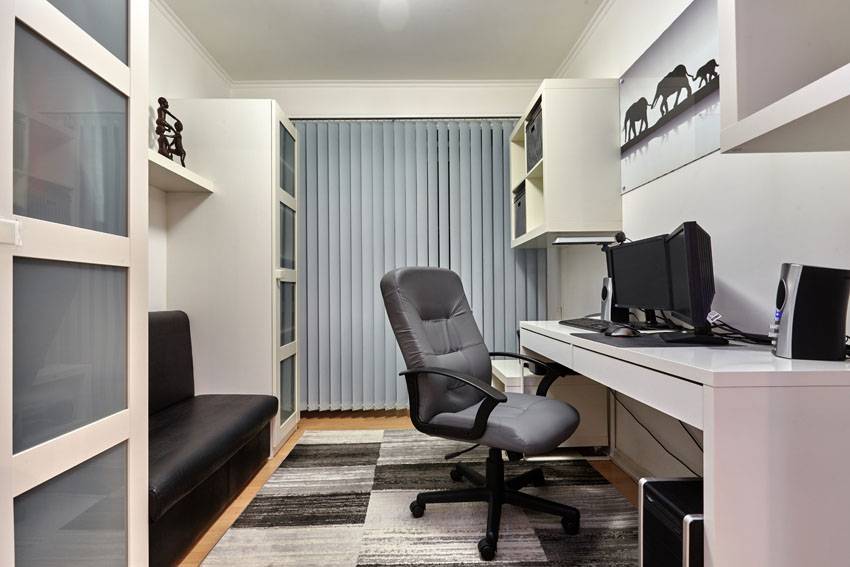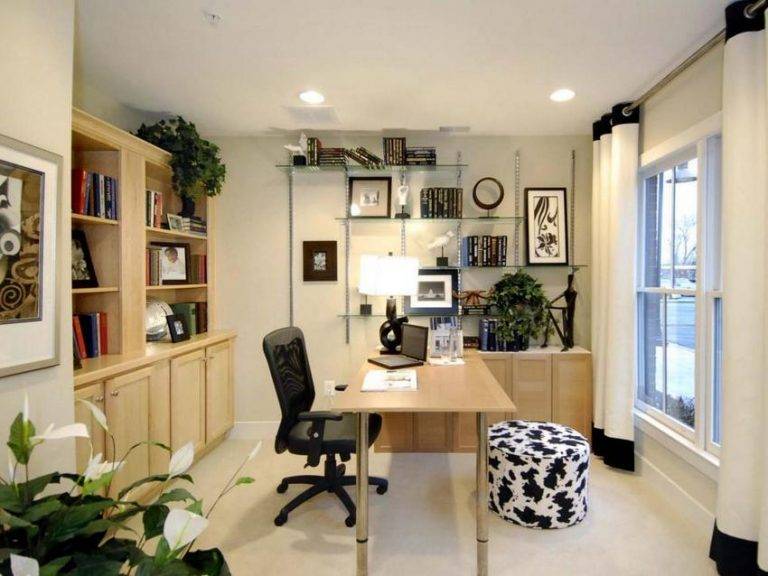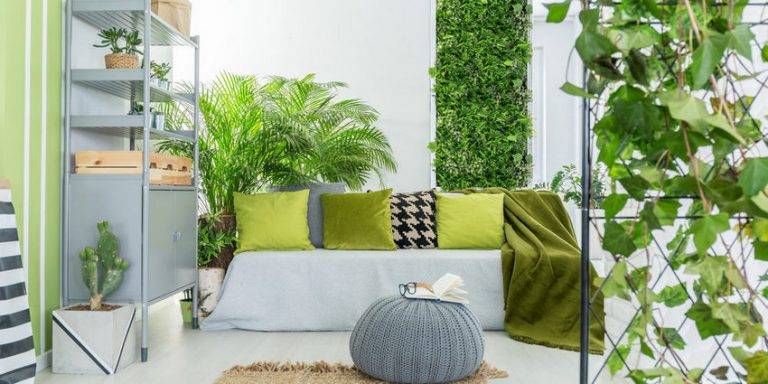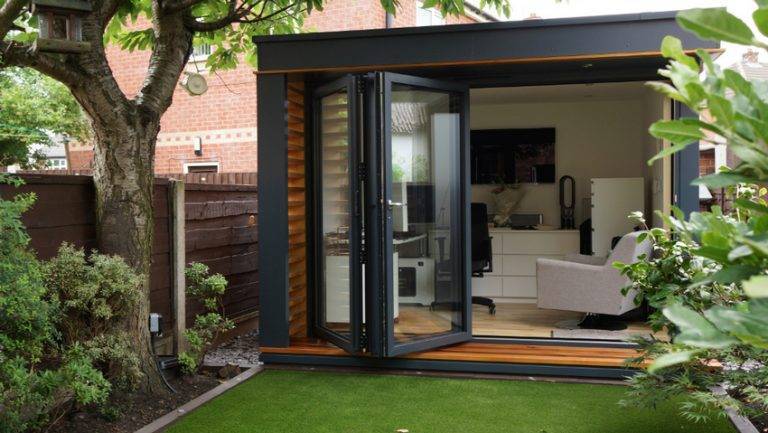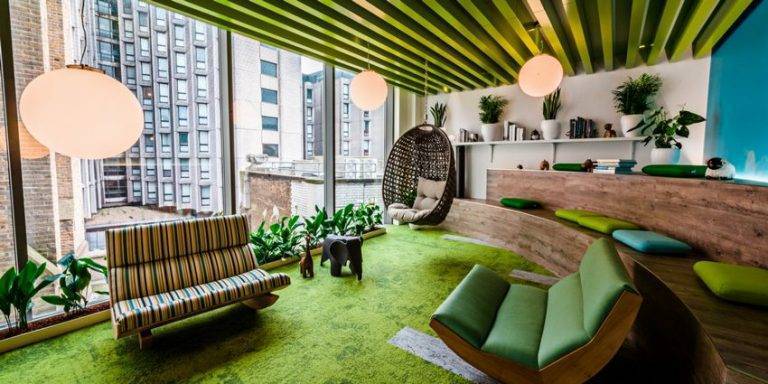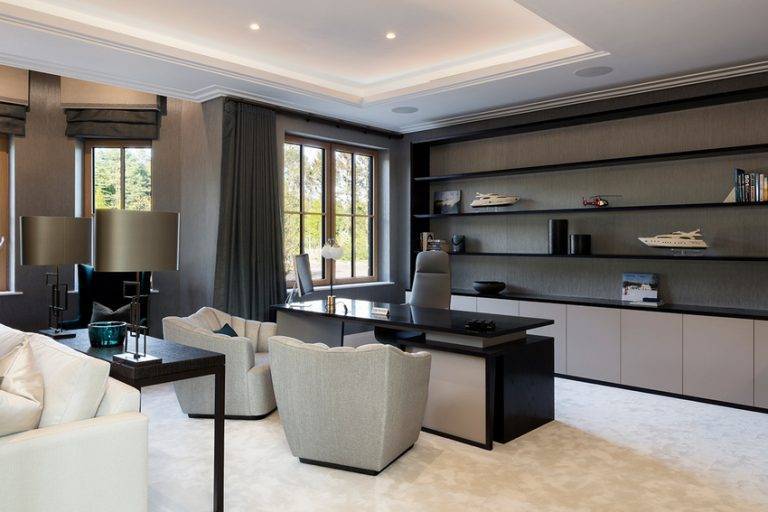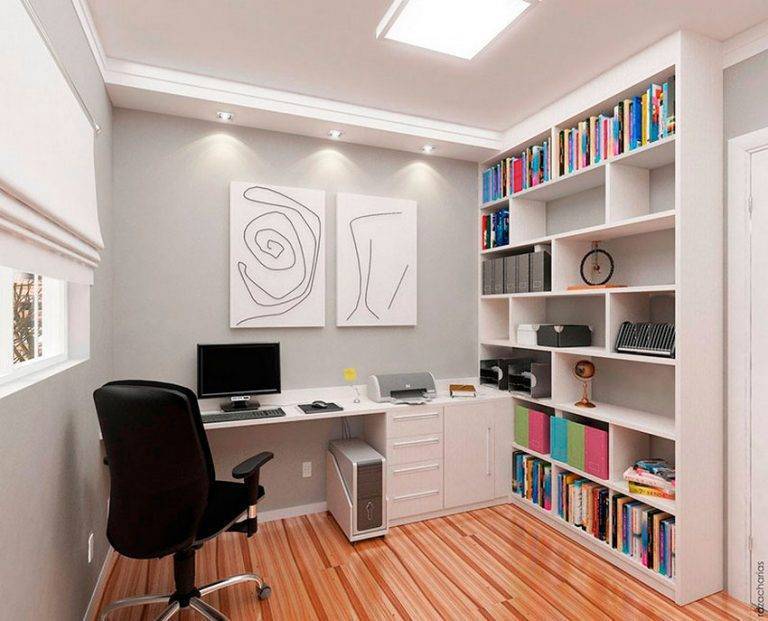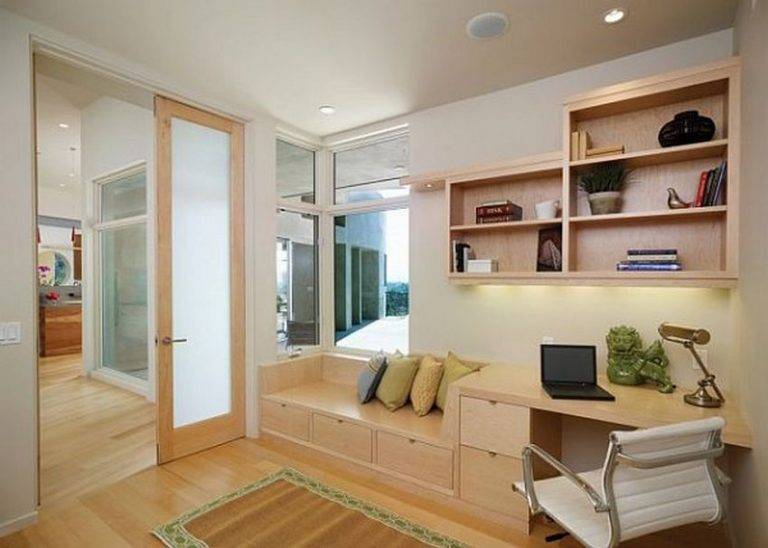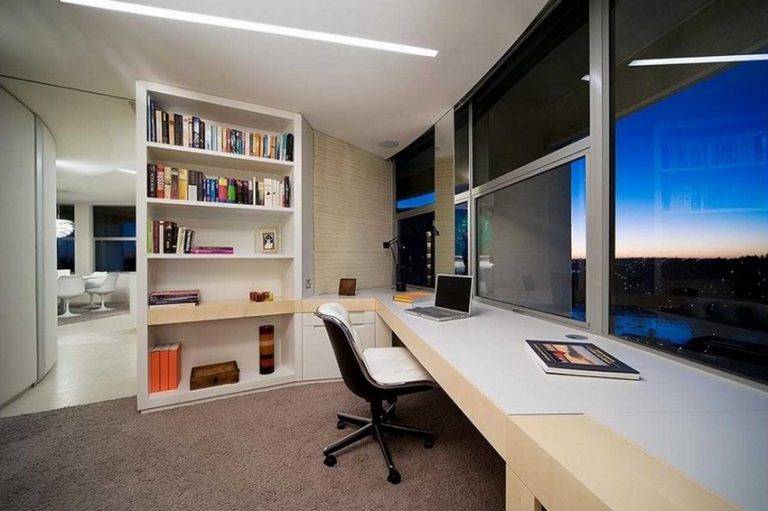The digital age has made working from home increasingly popular. You can save on travel time and with a well-planned, home office interior design, you can work from the comfort of your own home.
Besides that, it is fashionable to invite clients home and showcase your work in a stylish office space. Hence, it is important for a home office to balance functionality with aesthetics in a way that reflects your individual personality.
Mistakes To Avoid When Designing Your Home Office
A cluttered, disorganized work space can be distracting and lead to loss of productivity. Here are some tips on what not to do when planning your home office:
Common Errors To Avoid
Don’t design your office as an afterthought! Even if it’s just a desk and a chair you require, find a space that is motivating rather than sticking a desk in a leftover corner of your living room.
Don’t skimp on your office chair; you are likely to spend many hours in it, so invest in a chair that is ergonomically designed to minimize neck and back pain. Find the perfect office chair to suit your needs here.
Don’t ignore the style of your home when considering your home office interior design. After all, your home office is an extension of your home. It can have its own, distinct style, but include elements that will help unify the design with your home décor.
Don’t set up your office in a spot that is too distracting. You know how you work best. While getting up and stretching is good practice, rushing to the refrigerator for a snack every few minutes is not. Set up your home office away from distractions that can cause a nuisance and disrupt workflow.
The Nitty-Gritty Of A Home Office
A well-planned home office interior design can be made more effective by paying close attention to details. When carefully thought out, smart detailing can elevate a good design; if neglected, it can render it ineffective.
Sound
Consider the acoustics of your office space. Focus and concentration are aided by peace and quiet. An office space that is furnished with too many hard surfaces can lead to excessive echoes and poor acoustics. Soft surfaces such as curtains and carpets can help rectify this.








